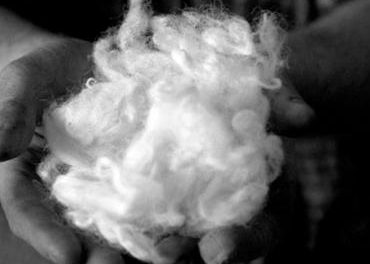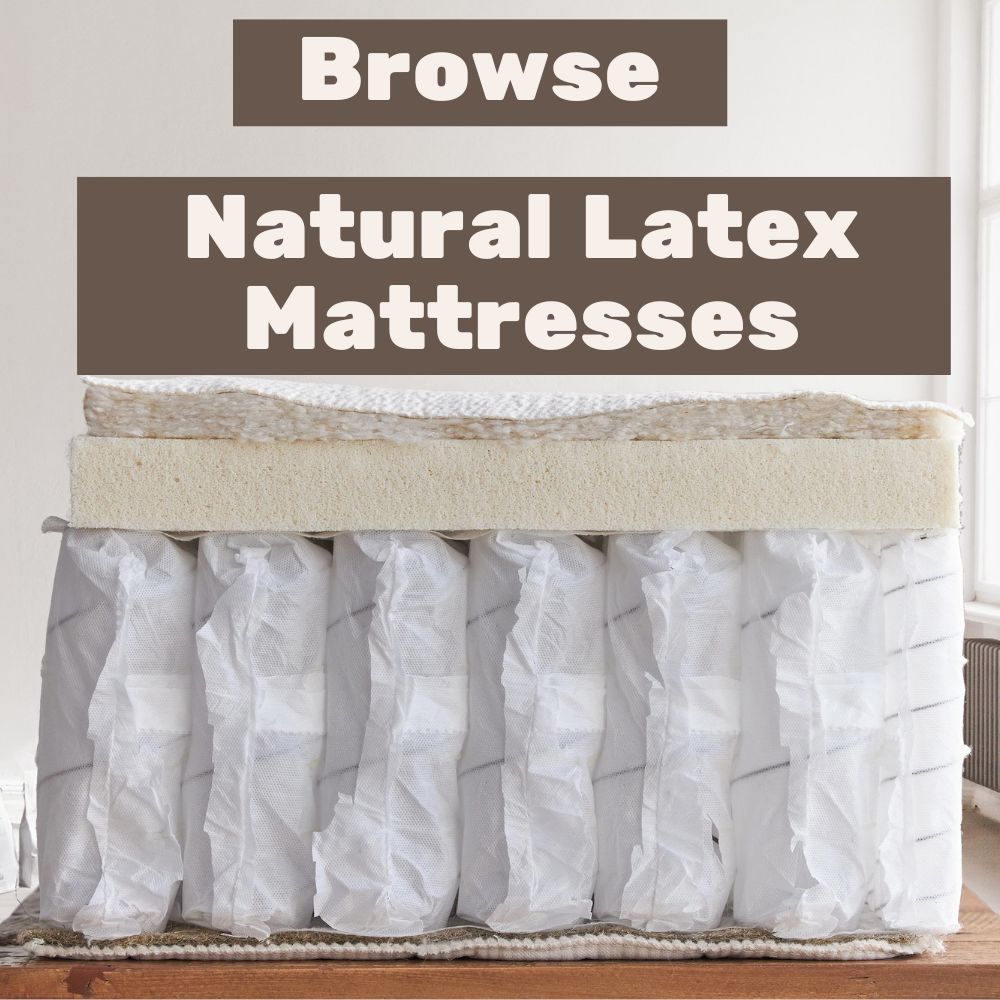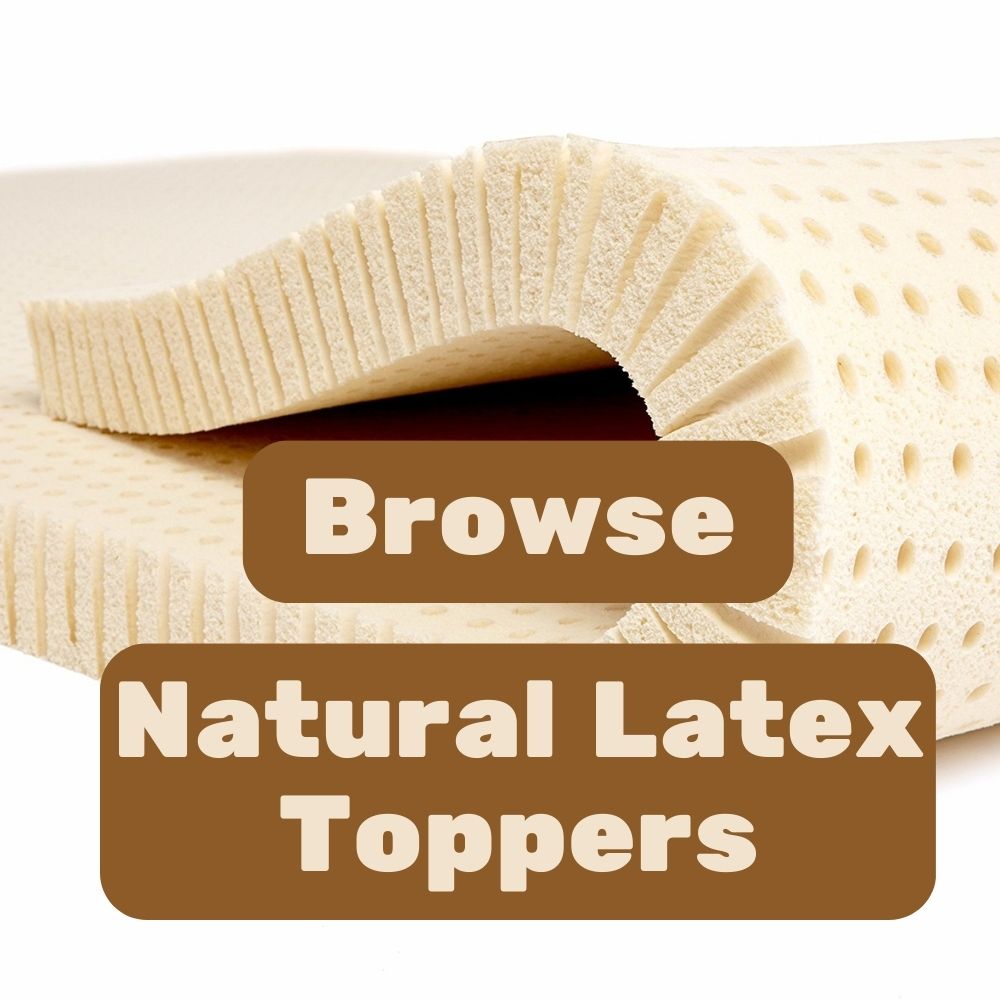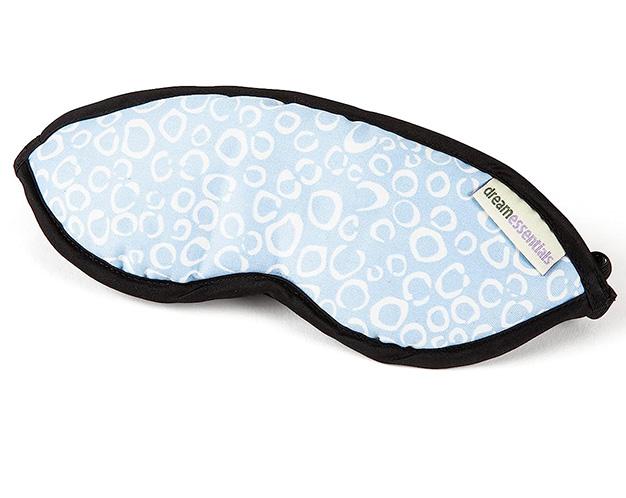Table of Contents
Picking the right mattress means weighing comfort against cost, not to mention how long it’ll last and whether it gives your back the support it needs. You’ve got options like springy inner springs, the hugging feel of memory foam, the best-of-both-worlds hybrid, or durable latex when picking out a mattress. Let’s zero in on a material that strikes the perfect balance between being kind to nature and offering comfort—natural latex, ideal for your mattress needs.
Natural latex, a standout in the mattress game for its green creds, is tapped from rubber trees—no funky synthetics involved. This article will explain latex mattress support and comfort qualities, how it is made, and how it compares to synthetic materials like polyurethane. Let’s dive into what sets natural latex mattresses apart – think of serious coziness and solid backing that could tip the scales in their favor as your ideal sleep buddy.
What is Natural Latex?
Definition and origin of natural latex
Natural latex is a milky fluid extracted from rubber tree sap, mainly grown in Southeast Asia, Africa, and South America. Packed with water, proteins, fats, and rubber particles, natural latex combines these elements to craft its renowned flexibility and durable form.
The process from tree sap to mattress
To make natural latex mattresses, the sap is collected from the rubber trees by making small cuts on the bark and letting the sap drip into containers. The sap is then processed using one of two methods: the Dunlop method or the Talalay method. The Dunlop method involves whipping the sap into a frothy liquid, pouring it into a mold, and baking it in a vulcanization oven. So, when you whip up that sap and bake it straight away, you get super sturdy latex—it’s built to last and gives solid support. The Talalay method involves freezing the whipped sap before baking it. The freezing process suspends the air pockets in the latex, making for a more consistent foam regarding firmness and density. This results in a softer, more breathable, lighter latex. Both methods produce high-quality natural latex that can be used to make mattresses as a single or core layer in a hybrid mattress.
Environmental impact compared to synthetic materials
One of the main advantages of natural latex over synthetic materials like polyurethane is its environmental friendliness. Natural latex stands out because it’s both sustainable and breaks down naturally, dodging the need for nasty chemicals or fossil fuel guzzling in its creation. Natural latex beds last longer than those made from polyurethane, but they also keep trash to a minimum and go easy on the planet. Polyurethane, on the other hand, is a petroleum-based product that is derived from crude oil. Polyurethane mattresses mix chemicals and blowing agents to create a foam cut and glue it into layers. While handy for a good night’s sleep, polyurethane mattresses can release harmful VOCs that mess with our health and add to the smog outside. Natural latex mattresses outlast polyurethane ones, saving you the hassle and cost of frequent replacements.
Comfort Benefits of Natural Latex Mattresses
Contouring and Pressure Relief
One of the most important aspects of comfort in a mattress is how well it conforms to your body shape and relieves pressure points. Latex mattress support and comfort qualities mean that it uniquely molds to your curves and distributes your weight evenly. Sleeping on a natural latex mattress eases the pressure off your body, making any sleep position comfy and pain-free. Polyurethane mattresses, on the other hand, tend to be either too firm or too soft, depending on the density and quality of the foam. Too-firm mattresses can cause pressure points and poor blood circulation, while too-soft mattresses can cause sagging and misalignment. Over time, polyurethane mattresses can warp and weaken, messing with your comfort and how well you sit or lie down.
Temperature Regulation
Another important aspect of comfort in a mattress is how well it regulates temperature and moisture. Natural latex mattresses are ideal for this, as they have a natural breathability and ventilation that allows air to circulate freely and dissipate heat and moisture. So, you stay chill and comfy all night, dodging funky smells and unwelcome critters like bacteria or mildew.
Conversely, polyurethane mattresses tend to trap heat and moisture because of the closed cells of the polyurethane foam. A mattress with poor breathability is problematic for people sleeping hot, especially during summer. Besides making you overheat, polyurethane mattresses can also become hotbeds for dust mites and bacteria, stirring up odors and health issues that no one wants to deal with.
Hypoallergenic Qualities
If you suffer from allergies or sensitivities, you will appreciate the hypoallergenic qualities of natural latex mattresses. Natural latex mattresses resist dust mites, mold, and mildew, common triggers for allergic reactions and respiratory problems. Natural latex mattresses are also free of harmful chemicals and VOCs, which can cause skin irritation and headaches. Conversely, polyurethane mattresses can aggravate allergies and sensitivities, as they are prone to dust mites, mold, and mildew and contain chemicals and VOCs that can emit unpleasant odors and fumes.
For those battling allergies, natural latex mattresses are a game-changer; they’re not just resistant to pesky allergens but also built to last, sparing you the grief of frequent replacements.
Latex Mattress Durability vs. Polyurethane mattress durability
Natural latex mattresses outshine their polyurethane rivals in endurance, often keeping their shape and staying supportive for over two decades. In contrast, the latter might give in to wear within a decade.
Proper mattress support depends on how resilient the mattress is over time; it must not sag, have body impressions, or lose the support the foam and coils offer. Natural latex mattresses can last up to 20 years or more, much longer than the average lifespan of polyurethane mattresses, around 10 years or less. On the other hand, polyurethane mattresses tend to degrade and deteriorate over time, as they are susceptible to sagging, indentations, and loss of firmness. Polyurethane mattresses compress and break down under constant pressure and weight, compromising their support and comfort.
Spinal Alignment and Support
Another aspect of support that is crucial for your health and well-being is spinal alignment and support. Natural latex mattresses provide excellent spinal alignment and support, as they have a firm and consistent feel that keeps your spine in a natural and neutral position. Natural latex mattresses mold to your curves, providing solid support right where you need it—across the lower back, hips, and shoulders. By conforming to your body’s contours, natural latex mattresses not only ward off back pain but also tackle other joint and muscle discomforts. On the other hand, polyurethane mattresses can cause spinal misalignment and poor support, as they have a variable and uneven feel that can cause your spine to curve or twist. Polyurethane mattresses also tend to sag and sink under your body weight and provide insufficient support for your lower back, hips, and shoulders. Lacking proper support while you sleep can leave you with aching muscles and joints, turning what should be restful into something restless.
Uniform Distribution of Weight
A final aspect of support that is important for your comfort and sleep quality is the uniform weight distribution. Natural latex mattresses provide a uniform weight distribution, as they have a homogeneous and consistent structure that distributes your weight evenly across the surface. So, because the mattress spreads your weight out evenly, you don’t get those nagging pressure spots, and it helps keep the blood flowing smoothly. This also reduces motion transfer and partner disturbance, as you and your partner can move independently without affecting each other.
On the other hand, polyurethane mattresses can cause uneven weight distribution, as they have a heterogeneous and inconsistent structure that concentrates your weight on certain areas. As a result, you end up with uncomfortable hotspots on your body and poor blood flow. This also increases motion transfer and partner disturbance, as you and your partner can feel each other’s movements and vibrations.
Additional Advantages Related to Comfort and Support
Motion Isolation for Sleep Partners
If you share your bed with a partner, you will appreciate the motion isolation feature of natural latex mattresses. Natural latex mattresses have a low motion transfer, which means that they absorb and isolate the movements and vibrations of one partner and prevent them from reaching the other partner. This allows you and your partner to sleep peacefully and undisturbed, even if one of you tosses and turns or gets in and out of bed.
On the other hand, polyurethane mattresses have a high motion transfer, which means that they transmit and amplify the movements and vibrations of one partner and make them feel by the other partner. This can lead to you and your partner being jolted awake, which is particularly troubling if either of you tends to sleep lightly or keeps an irregular schedule.

















